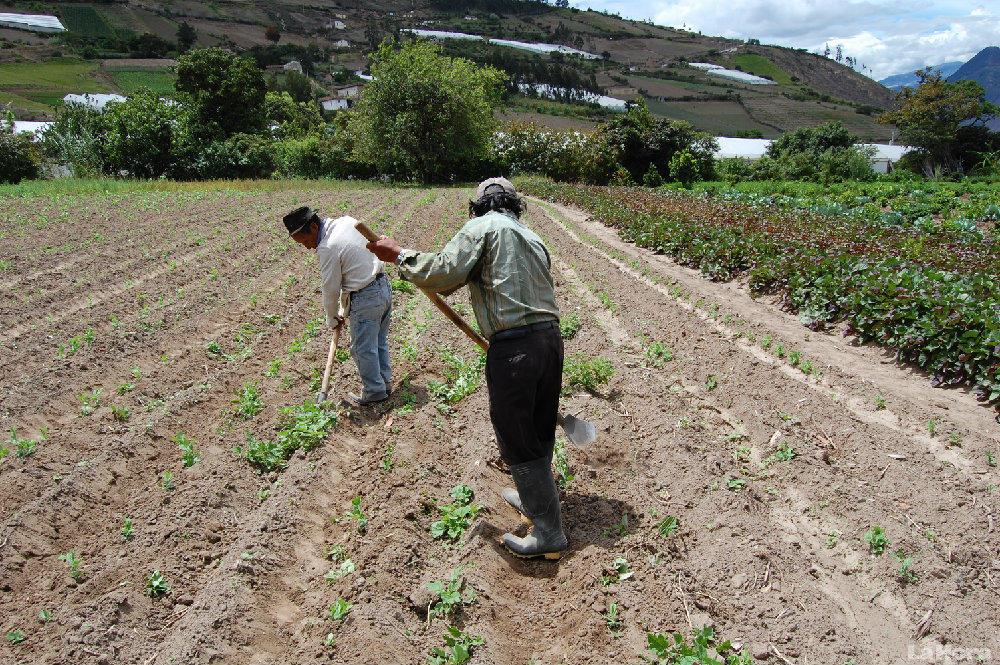Prolonged droughts, low temperatures, and heavy rains affected Ecuadorian agriculture between January and August 2022. This phenomenon was felt especially strongly in the Inter-Andean region and part of the Ecuadorian coast.
These abrupt temperature changes are attributed to the possible influence of the La Niña current, which has been warned since 2020 of its presence in a moderate manner and has been highlighted so far in 2022.
According to specialists from the National Institute of Meteorology and Hydrology (Inamhi), other weather variations add to it.

Due to excessive rainfall, these phenomena directly affected sectors such as flower and tuber production (potato, melloco). In addition, corn, strawberry, and blackberry crops were affected in the provinces of Cotopaxi, Tungurahua, Pichincha, and Carchi.
On the coast, on the other hand, losses for farmers have been caused by a back and forth between rains and droughts.
FROSTS
In the Inter-Andean region, temperatures ranged from 0° to -3.9°C, according to a report issued by Inamhi.
For example, production in the flower-growing sector of Cotopaxi (where there are at least 1,500 hectares of crops) decreased by up to 30%, due to heavy rains and lower temperatures, according to the Southern Flower Growers Corporation.
Inés Ortiz, president of the organization, said that these climate variations meant fewer buds, and the production cycle was lengthened.
It caused the appearance of pests, diseases, and root rot. She said that, in some crops, the frosts of the last few days outside the greenhouses (with temperatures of -3.5°C) and inside these spaces (with drops of up to -2°C) burned the buds.
“We suffered a state of extreme and prolonged weather due to the influence of La Niña. It is an atypical year that we are experiencing. At the moment, we are working trying to recover the plantations”.
AFFECTATIONS
One of the flower growers affected was Grupo Naranjo Roses. They lost 30% of the 36 million stems that they export annually. Added to that is the 30% drop in sales due to the hot storm in Europe and the United States.
“In the last 15 years, it has been the most terrible summer we are facing,” said Carlos Gómez, president of Grupo Naranjo Roses.
In Tisaleo, 50% of the blackberry and strawberry production was lost due to frost. Christian Vaca, a technician of the Municipality of Tisaleo, said that in the visits to assess the damage, it was determined that 30 of the 80 hectares of potato and melloco crops were affected.
Also, 50% of the 287 hectares of blackberry and 110 hectares of strawberry were damaged. Another affected sector was the corn sector. During the early winter, there was no rain, which delayed the start of planting.
Planting did not begin until mid-February. They were also surprised by the heavy rains in June, which affected the crop due to the proliferation of a fungus that damaged the cob and reduced production by 30%.
Joffre Quimís, president of the Union of Corn Producers Agromanabí, said that La Niña had affected the productive sector of the coast.
With information from El Comercio

